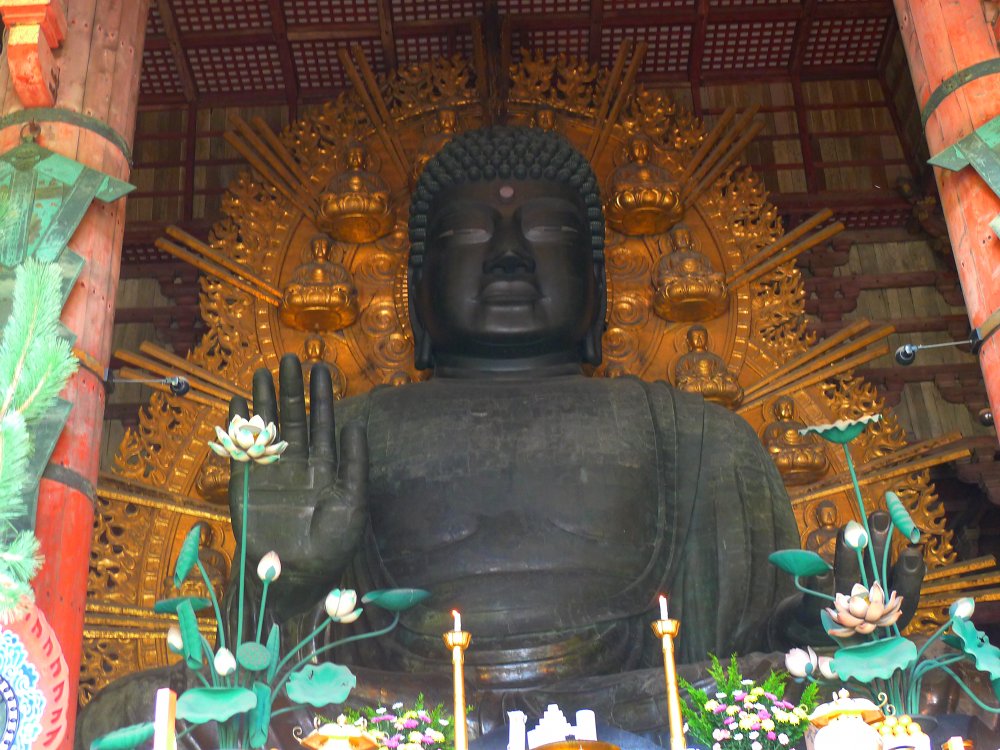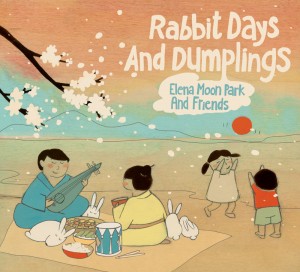
This bronze statue of Buddha, at 15 meters (almost 50 feet, or five stories) tall, is the largest bronze statue of Buddha in the world. It sits in one of the largest wooden structures in the world, Todaiji Temple in Nara, Japan. I shot this photo during a 2011 trip.
An excellent, thoughtful and thought-provoking article on Huffington Post about the lack of diversity in the Buddhism community in the U.S., “Buddhist ‘People Of Color Sanghas,’ Diversity Efforts Address Conflicts About Race Among Meditators” got me pondering about race and religion. The article, by Jaweed Kaleem, HuffPo’s National Religion Reporter, focuses on Buddhist groups throughout the country but specifically in Seattle, which are almost entirely run by older white practitioners of Buddhism and meditation. This lack of diversity, Kaleem says, has led to a subculture of Buddhist “sanghas,” or groups, of color — white folk not allowed.
Here in Seattle, one of the least racially diverse cities with one of the largest Buddhist communities in the country, a controversial movement in American Buddhism is forming. A handful of exclusive “people of color” Buddhist groups have started to meet each week, far away from the long-established — and almost entirely white — major Buddhist meditation centers that have dominated the Pacific Northwest’s well-known Buddhist scenes. Many members, who have until now shied away from meditation and Buddhism, say practicing away from the white majority, among whom they say they don’t feel welcome, has spiritually empowered them — and they wouldn’t have it any other way.
It’s part of the same demographic tsunami that washed away hopes of a Republican White House and Senate a few weeks ago, but scaled to spirituality. As someone who often enters a room looking for people of color as a measure of diversity, I certainly understand one black woman’s reaction in the article when she attended an all-white Buddhist group’s meeting — she felt she didn’t fit in.
Continue reading →
 I’m not much of a churchgoer, but I’ve attended and volunteered at events at both the Denver Buddhist Temple, and the Simpson Methodist Church, which are both focal points of the local Japanese and Japanese American communities. A couple of weeks ago, I was part of the Mile High JACL‘s Fall Festival team, and spent a long day cooking (and cleaning) at Simpson Methodist Church.
I’m not much of a churchgoer, but I’ve attended and volunteered at events at both the Denver Buddhist Temple, and the Simpson Methodist Church, which are both focal points of the local Japanese and Japanese American communities. A couple of weeks ago, I was part of the Mile High JACL‘s Fall Festival team, and spent a long day cooking (and cleaning) at Simpson Methodist Church.











